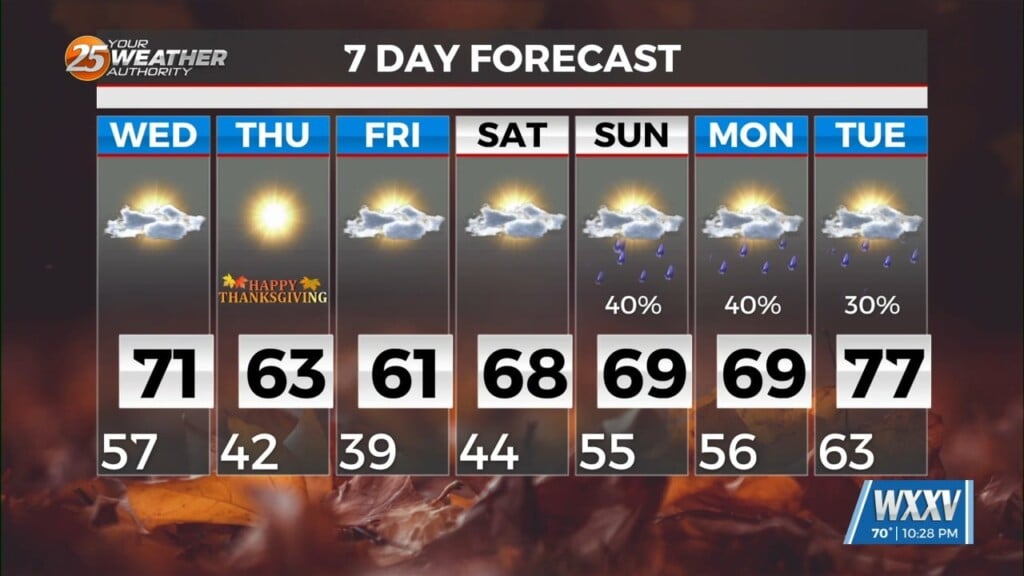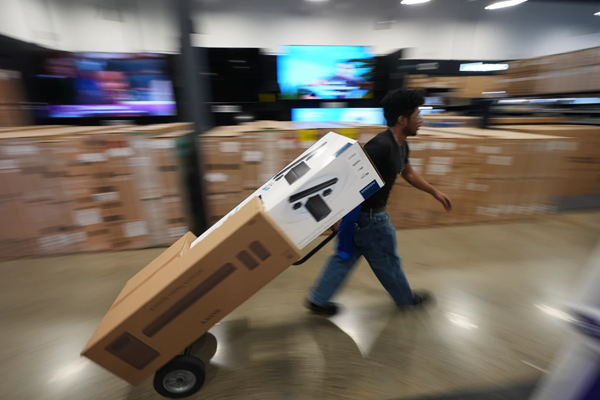Nautilus to Set Sail from the Port of Gulfport
The Nautilus is getting ready to set sail out of the Port of Gulfport for a 6 month journey of oceanic exploration.
"We are an exploration vessel whose mission is to explore parts of the seafloor that humans have never seen before so we’re going to brand new parts of the world exploring them. There aren’t maps of these places we have better maps of the moon that we do of our own oceans”, said Megan Cook.
New technology, like their remotely operated vehicles will help the scientists make new discoveries and even give us a deeper look at different locations that were affected by the BP Oil Spill of 2010.
"These are basically deep sea ecosystems where there’s corals that are growing, and we go back to the exact same coral that they went to in previous years, and they can photograph and document the recovery of the coral from damaged or potential damage done by the oil spill or the dispersants for that matter”, said Dwight Coleman, who is an expedition leader.
"These are basically deep sea ecosystems where there’s corals that are growing, and we go back to the exact same coral that they went to in previous years, and they can photograph and document the recovery of the coral from damaged or potential damage done by the oil spill or the dispersants for that matter”, said Cook.
So you can virtually get your feet wet right there with the scientists and researchers as they explore the depths of the gulf, and even a possible shipwreck.
“There are a couple of different ship-wrecks that we call targets. One has been identified by oil and gas surveys, and it’s really just a sonar target. We have no idea what it is. We’re hoping to get the permit so that we can go investigate it."
"We are an exploration vessel whose mission is to explore parts of the seafloor that humans have never seen before so we’re going to brand new parts of the world exploring them. There aren’t maps of these places we have better maps of the moon that we do of our own oceans”, said Megan Cook.
New technology, like their remotely operated vehicles will help the scientists make new discoveries and even give us a deeper look at different locations that were affected by the BP Oil Spill of 2010.
"These are basically deep sea ecosystems where there’s corals that are growing, and we go back to the exact same coral that they went to in previous years, and they can photograph and document the recovery of the coral from damaged or potential damage done by the oil spill or the dispersants for that matter”, said Dwight Coleman, who is an expedition leader.
"These are basically deep sea ecosystems where there’s corals that are growing, and we go back to the exact same coral that they went to in previous years, and they can photograph and document the recovery of the coral from damaged or potential damage done by the oil spill or the dispersants for that matter”, said Cook.
So you can virtually get your feet wet right there with the scientists and researchers as they explore the depths of the gulf, and even a possible shipwreck.
“There are a couple of different ship-wrecks that we call targets. One has been identified by oil and gas surveys, and it’s really just a sonar target. We have no idea what it is. We’re hoping to get the permit so that we can go investigate it."




Leave a Reply